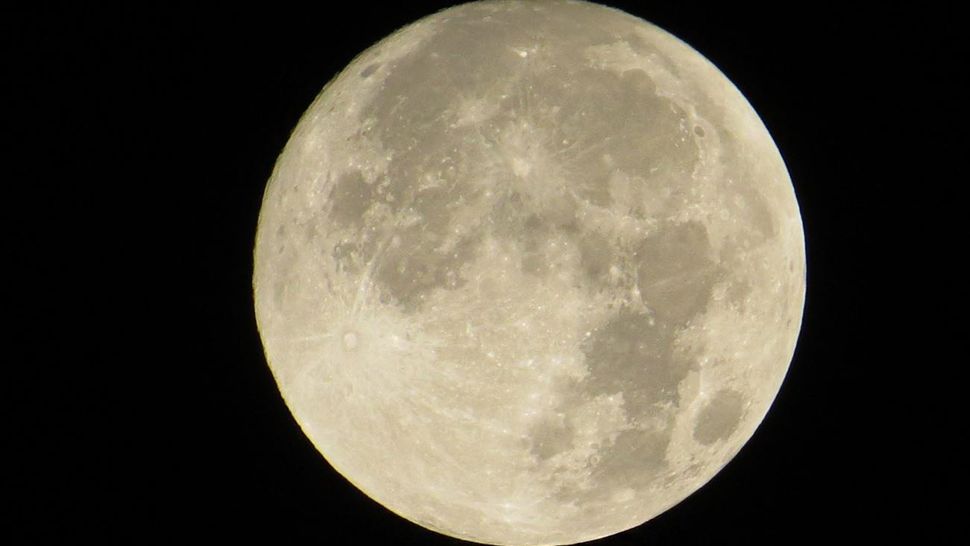TITUSVILLE, Fla. — The Trump Administration is pushing NASA to get humans back on the moon by 2024, but it begs the question, why did we stop going to the moon in the first place?
- Billions of dollars, oil crisis and Vietnam are why moon missions ended
- Old NASA documents: US could have gone to Mars in 1980s
- Follow our Apollo 11 coverage
- Get more space coverage
- RELATED stories:
- With Ambitious Plans to Return to the Moon, NASA Faces Budget Concerns
- NASA Instructor Recalls Teaching Armstrong How to Land on The Moon
- NASA Scientist Reflects on Historic Apollo 11 Launch
- NASA Technician, Astronaut Michael Collins Recall Historic Apollo 11 Launch on Anniversary
- Apollo Exhibits Open at Kennedy Space Center
- Children of Apollo Mission Astronauts Share Memories, Hopes for Future
The end of the Apollo program led to big job cuts at NASA. Thousands of workers lost their jobs at the Kennedy Space Center.
The Apollo program — which is engrained in a community at Space View Park in Titusville — was so important, so why did it end?
For John Tribe, Apollo 11 meant the beginning of the end to the Apollo program.
"Within two weeks of walking on the moon, I'm laying half my group off," said Tribe, a former Apollo propulsion manager.
Tribe had to cut his team down to 20. NASA was able to send 12 men to the moon up until Apollo 17 in 1972.
Several factors led to the demise of missions to the moon: The multi-billion dollar price tag, a decline in public interest, the oil crisis, and the Vietnam War.
Daniel Batcheldor is the head of the aerospace, physics and space sciences department at Florida Tech in Melbourne and he shares one of the main reasons for the Apollo program.
"The missions of Apollo were really about flags and footprints, which is getting there, walking around and say we could do it," he said.
With the end to the space race with the Soviet Union, the United States turned to other interests.
"We could have gained so much more, working more science on the moon. Today, of course, we're scrambling to do exactly that," said Tribe.
Now, 50 years later, there is a new push under the Trump administration to send Americans back to the lunar surface.
"We've done the camping trip to the moon and now it's time to build the city on the moon," said Batcheldor.
However, not all was lost with Apollo ending. Batcheldor says the work of the shuttle and International Space Station programs helped NASA learn how to keep astronauts in space for longer periods of time.
"Whilst it may seem like we took a step back at the end of the Apollo program, we did have to take a breath, because the next step in human exploration is sustained presence of humans on the surface on the moon and then on the surface of Mars, and that's a big technology step," he said.
Some old NASA documents said if the U.S. continued the Apollo program, it could have had humans on Mars by the 1980s or 1990s. Now we are not looking at a crewed mission to Mars until the 2030s.



